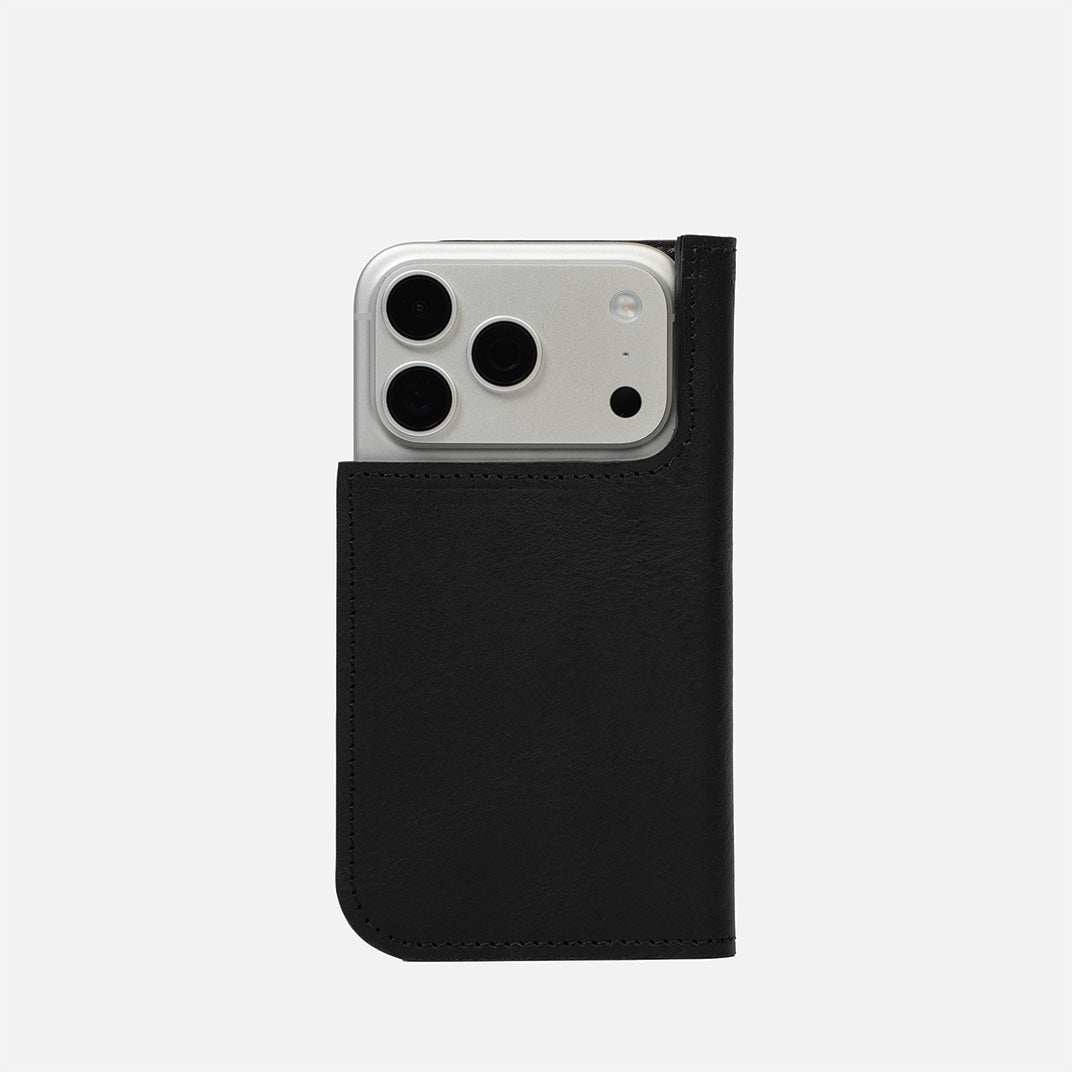Common Causes of Incorrect AirTag Location
1. Bluetooth Signal Interference
Bluetooth technology enables wireless communication between devices over short distances using radio waves. AirTags leverage Bluetooth Low Energy (BLE) to transmit signals to nearby Apple devices, which then update the location on the Find My network. The strength and reliability of this signal can be influenced by several factors, including distance and physical obstructions between the AirTag and the receiving device.
Various objects and materials can interfere with Bluetooth signals, causing them to weaken or become obstructed. Some common examples include:
- Dense Materials: Materials like metal, concrete, and thick walls can significantly reduce the effectiveness of Bluetooth signals. For instance, if an AirTag is placed inside a metal container or behind a concrete wall, the signal may not reach nearby devices accurately.
- Water: Water is another major impediment to Bluetooth signals. If an AirTag is submerged or surrounded by water, its signal strength will be severely diminished.
- Electromagnetic Interference: Other electronic devices emitting electromagnetic signals, such as microwaves, can interfere with Bluetooth communication. This can lead to inconsistent or incorrect location data.
Example Scenarios
Understanding how these interferences play out in real-life situations can help in troubleshooting and preventing location errors.
- Scenario 1: Inside a Packed Suitcase: Imagine you place an AirTag deep inside a packed suitcase full of clothes, shoes, and electronic gadgets. The dense packing and the presence of other electronics can obstruct the Bluetooth signal, causing the AirTag to show an outdated or incorrect location.
- Scenario 2: Behind a Concrete Wall: If you leave an AirTag in a basement room with concrete walls, the Bluetooth signal might struggle to penetrate the thick material. This can result in the AirTag appearing to be in a different location or becoming untraceable.
- Scenario 3: Near a Microwave: Placing an AirTag in a kitchen near an operating microwave can lead to signal disruption. The electromagnetic interference from the microwave can interfere with the AirTag’s Bluetooth communication, leading to inaccurate location updates.
By being aware of these potential interferences, you can take steps to mitigate their impact and ensure your AirTag provides accurate location information. For instance, avoid placing AirTags in densely packed areas or near devices that emit strong electromagnetic signals, and ensure they are within a clear line of sight to nearby Apple devices for the best results.
2. Dependency on Nearby Devices
AirTags do not have built-in GPS; instead, they rely on Bluetooth signals and the vast network of Apple devices to determine their location. When an AirTag emits a Bluetooth signal, nearby Apple devices, such as iPhones, iPads, and Macs, pick up this signal. These devices then send the AirTag’s location data to Apple’s iCloud servers. The location is updated on the owner’s Find My app, making use of the collective power of the Apple ecosystem.
When there are no nearby Apple devices to pick up the AirTag’s signal, several issues can arise:
- Delayed Location Updates:
In areas with a low density of Apple devices, the AirTag may not be able to update its location frequently. This can result in the Find My app showing the last known location, which may be outdated. - No Location Data:
If an AirTag is in a very remote location with no Apple devices nearby, it might not be able to send any location data at all. This makes it effectively invisible on the Find My network until it comes within range of another Apple device.
For example, if you lose an item with an AirTag attached in a rural area, it may take longer to update its location compared to losing it in a bustling urban environment with many Apple devices around.
Geometric Goods' AirTag Wallets are designed to make your experience stress-free thanks to its secret AirTag pocket
Impact of Other Devices with Incorrect Location Data
The accuracy of an AirTag’s location also depends on the accuracy of the location services on nearby Apple devices. If a nearby device has incorrect location settings or data, it can transmit this faulty information to the Find My network, leading to incorrect location updates for the AirTag.
For instance:
- Incorrect GPS Data:
If an iPhone with faulty GPS data picks up the AirTag’s signal, it might relay an incorrect location to the Find My network. This could show your AirTag in a location it has never been. - Location Services Disabled:
If a nearby device has location services disabled or malfunctioning, it might not correctly transmit the AirTag’s position, leading to inaccurate or missing location data on the Find My app.
In essence, the reliability of AirTag tracking is directly linked to the functionality and accuracy of the nearby Apple devices it depends on. Ensuring that your own Apple devices have correct settings and are functioning well can help mitigate some of these issues. Additionally, using AirTags in areas with a high density of Apple devices can improve the frequency and accuracy of location updates.
3. Battery and Reset Issues
AirTags are powered by a small, replaceable CR2032 battery that typically lasts about a year with regular use. The health of this battery is crucial for the AirTag to function properly. When the battery level is low, the AirTag might struggle to send out Bluetooth signals consistently, leading to inaccurate or delayed location updates. Keeping the battery in good health ensures that the AirTag can maintain a strong connection with nearby Apple devices and provide accurate location data.
Symptoms of Low Battery Affecting Location
A low or dying battery can manifest in several ways that affect the AirTag’s performance:
- Infrequent Updates:
The AirTag may not update its location as frequently as it should, leading to outdated information on the Find My app. - Incorrect Location Data:
Low battery power can cause the AirTag to send intermittent signals, resulting in incorrect or sporadic location data. - Inability to Connect:
In some cases, a very low battery might prevent the AirTag from connecting to nearby Apple devices altogether, making it seem as if the AirTag is not working.
Users can check the battery status of their AirTag in the Find My app. If the battery is low, a notification will appear, prompting the user to replace it.





